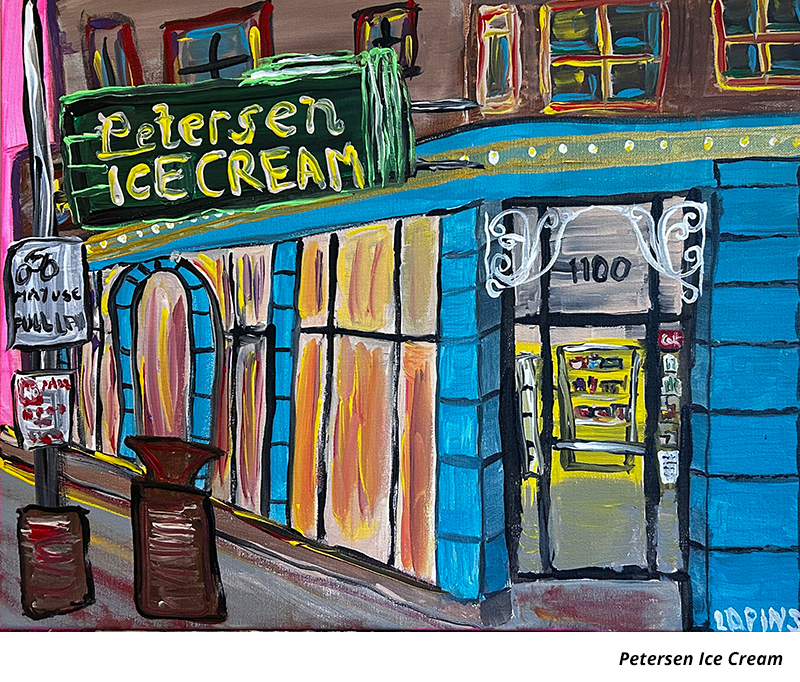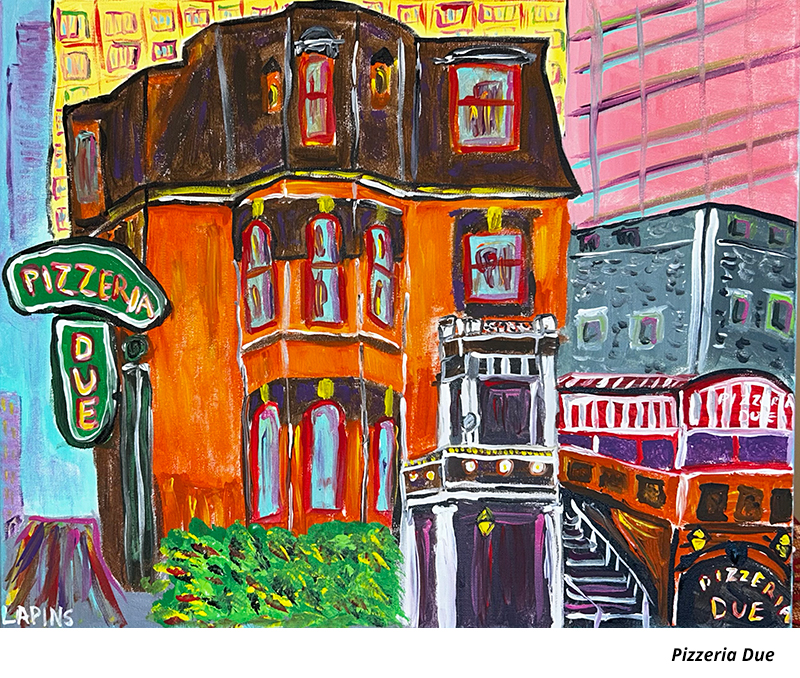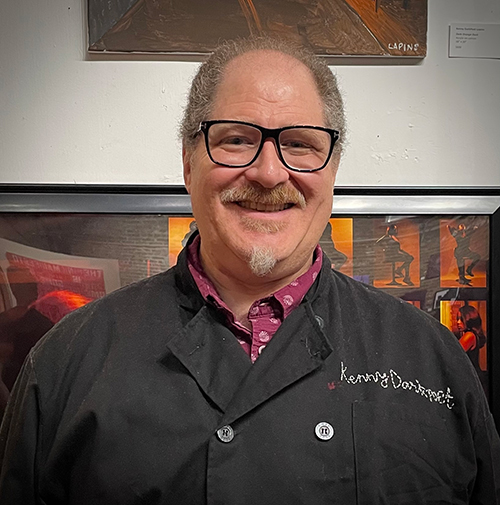
How did you get started as an artist?
A friend of mine asked me to accompany her to a painting and drinking event 11 years ago. I had never painted before, but I agreed to go for the fun of it. During the event, the class facilitator walked around the studio to ask if anyone needed help and to give advice. She stopped behind my painting and said, "Whoa, you are really good. How long have you been painting?" When I answered that this was my first painting ever, she replied, "Well don't ever take a painting class or lesson, you have a natural gift." And that was it. I was hooked from that day on. Since then I have painted more than 130 acrylic on canvas paintings and have sold nearly a quarter of them. I have had a number of solo shows in Chicago and Evanston, IL, I have been a member of the Fulton Street Collective gallery, and my works are permanently installed at offices throughout Chicago and at a research hospital in Pennsylvania. I also volunteer my time as an artist with the Brushes With Cancer program of Twist Out Cancer, an organization that provides psychosocial support to people touched by cancer through fine arts programming.
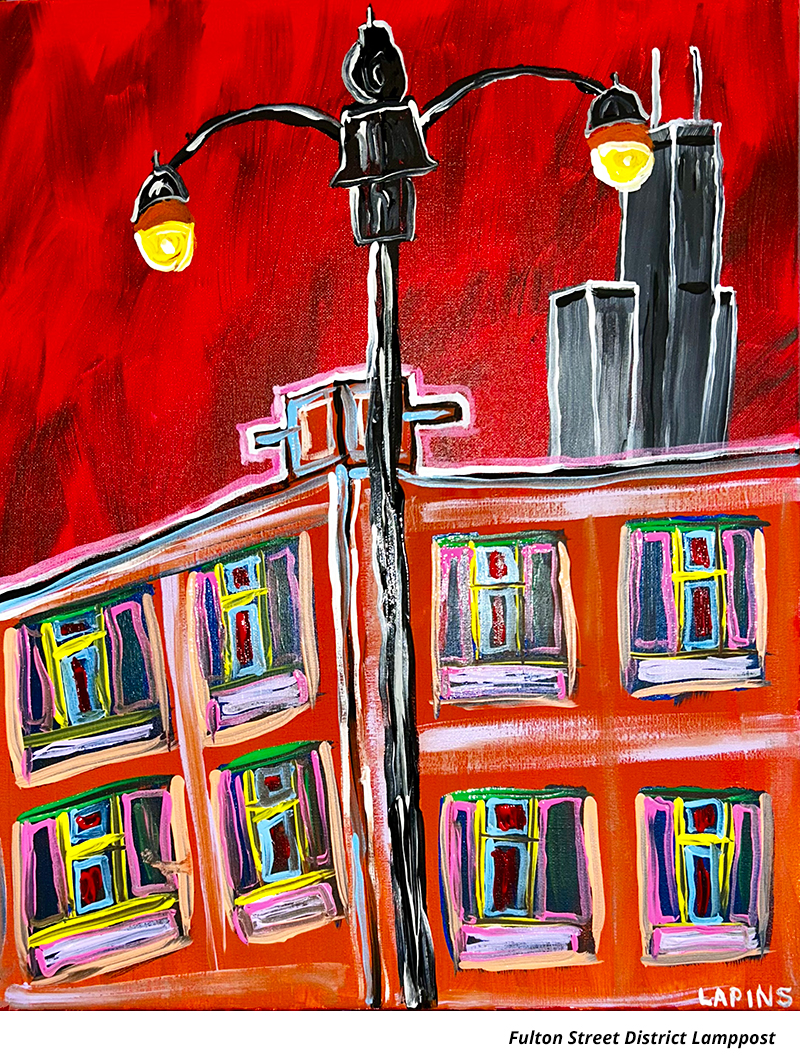
I want the viewer to inject their own story into my paintings
What themes does your work involve?
Many of my subjects are places that have special significance: a childhood home, a favorite restaurant, a treasured landmark, and various aspects of the elevated trains of the Chicago Transit Authority. Familiar places provide us sanctuary from the loud world. I want the viewer to inject their own story into my paintings. "Oh that’s the place where Steve got engaged! I love that place!" Because that's what art is supposed to do: once written, once painted, once composed -- a piece of art no longer belongs to the artist. It becomes the property of the audience, and all intention and meaning the artist planned to present is up for intimate interpretation. My paintings are inspired by the Fauvist movement of the early 1900s, showcasing a vivid, expressionistic, and non‑naturalistic use of color. Through the juxtaposition of expressing modern scenes in a venerable style, I present my view of the world.
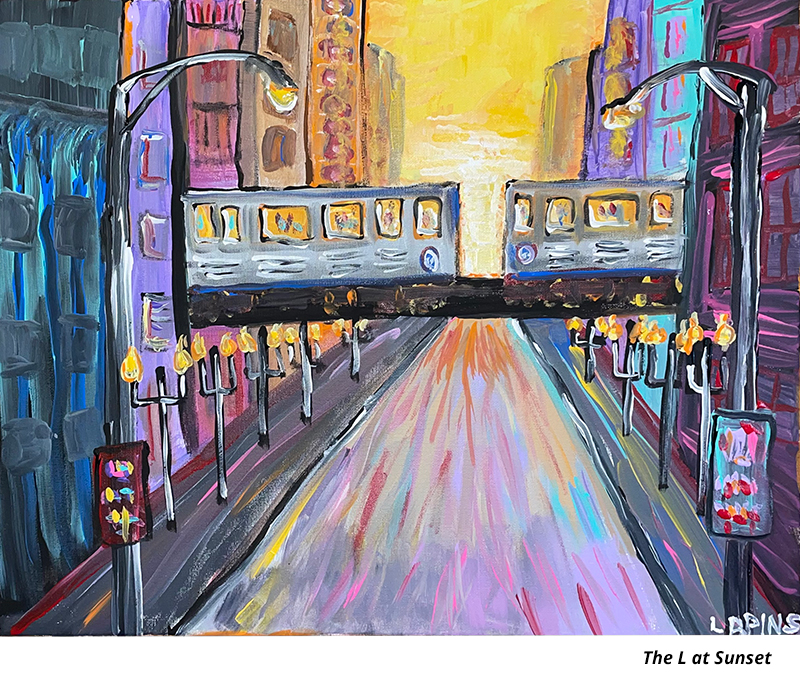
The city of Chicago provides a major source of my inspiration because it is so full of beauty and wonder
What is your source of inspiration?
I find inspiration in the environments in which we live and work. They are full of art — angles, patterns and palettes can be found all around us if we choose to see them. My hope is that we are left infused with what William Wordsworth called, “that blessed mood, in which the burthen of the mystery, in which the heavy and the weary weight of all this unintelligible world, is lightened.” The city of Chicago provides a major source of my inspiration because it is so full of beauty and wonder. The elevated trains of the Chicago Transit Authority, the world-class architecture and restaurants, and the sites of many of my favorite childhood memories are the subjects of my paintings splashed with delightful and intriguing colors, as they appear in my thoughts. The city skyline has also been a subject of a series of paintings that have proven to be my most successful to date: my Chicago Colors series. Each painting presents a fanciful Chicago skyline, anchored by the iconic John Hancock Building with its recognizable X-shaped lattice structure, and a sky of a different color.
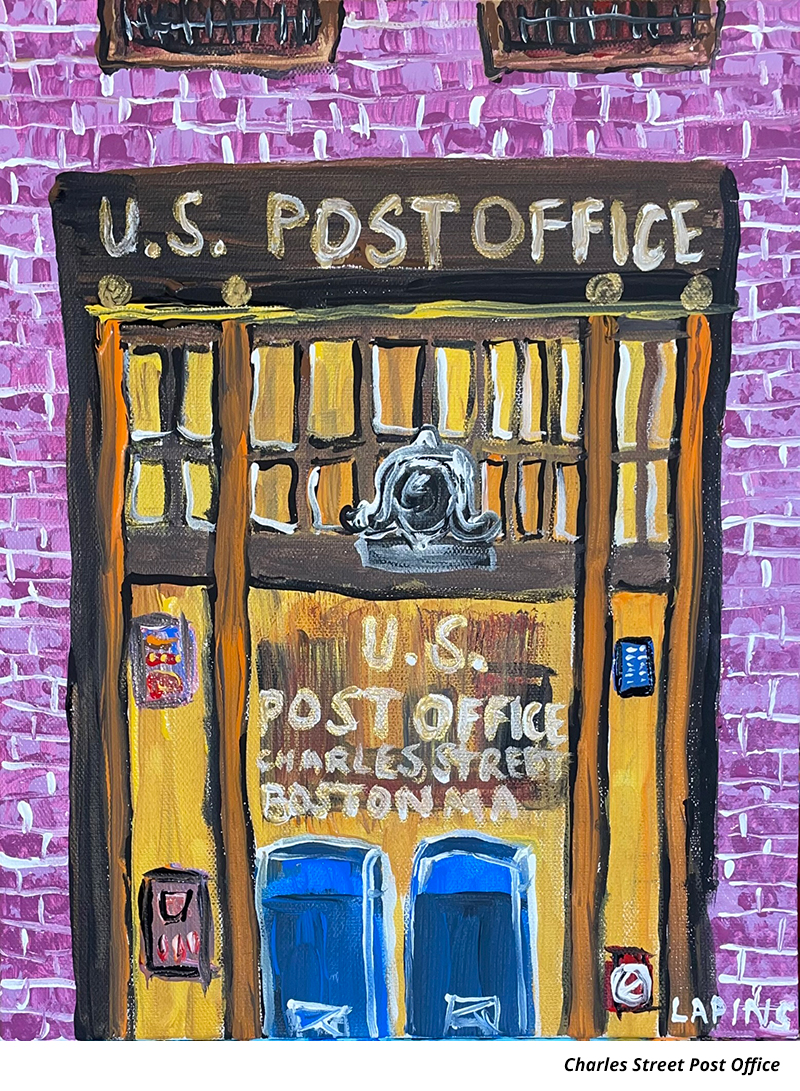
Can you describe your creative process?
First I choose the subject of my painting: a building, a city scene, a family home. Next, I decide what color I am going to paint the sky behind it, whether that be pink, purple, green, or whatever color holds my interest that day. Then I choose twelve colors that will fill the rest of my palette. I next sketch out the outline of the subject. After I fill in the sky, I start to apply lines of color to fill in the subject and the surrounding environment. I do not attempt to represent colors naturally, usually with the exception of foliage that I keep green. I also do not try to keep my lines straight. This lends a painterly aspect to my work that has become a recognizable part of my style. The result is a painting that has a discernible subject despite colors that do not reflect reality. That is how I see the world with my own eyes.
Do you have any artistic goals for the future that you would like to share?
My artistic future is wide open. In 2023, I had my most prolific year, producing 52 paintings, a full 40% of all the paintings I have completed so far. I also curated an art exhibition at a gallery in Chicago with over 60 works by more than 30 artists. This year, I have installed my art at a local brewery for a three-month exhibition and participated in a number of shows. I hope to continue my practice and establish a relationship with another cooperative gallery in Chicago.
